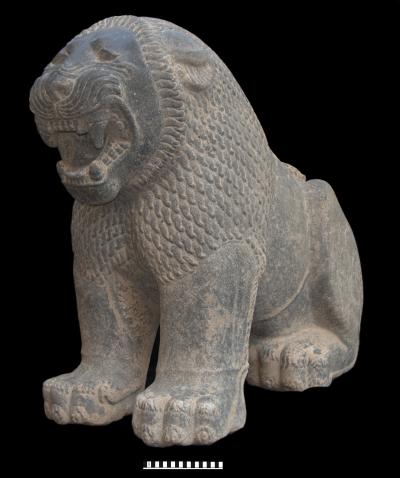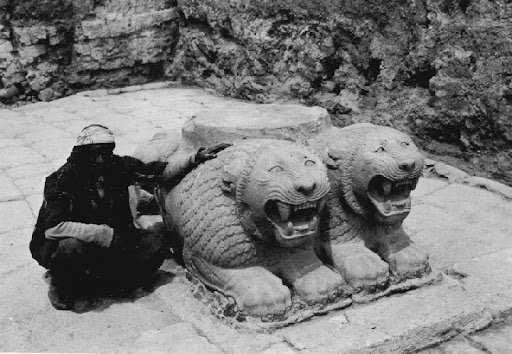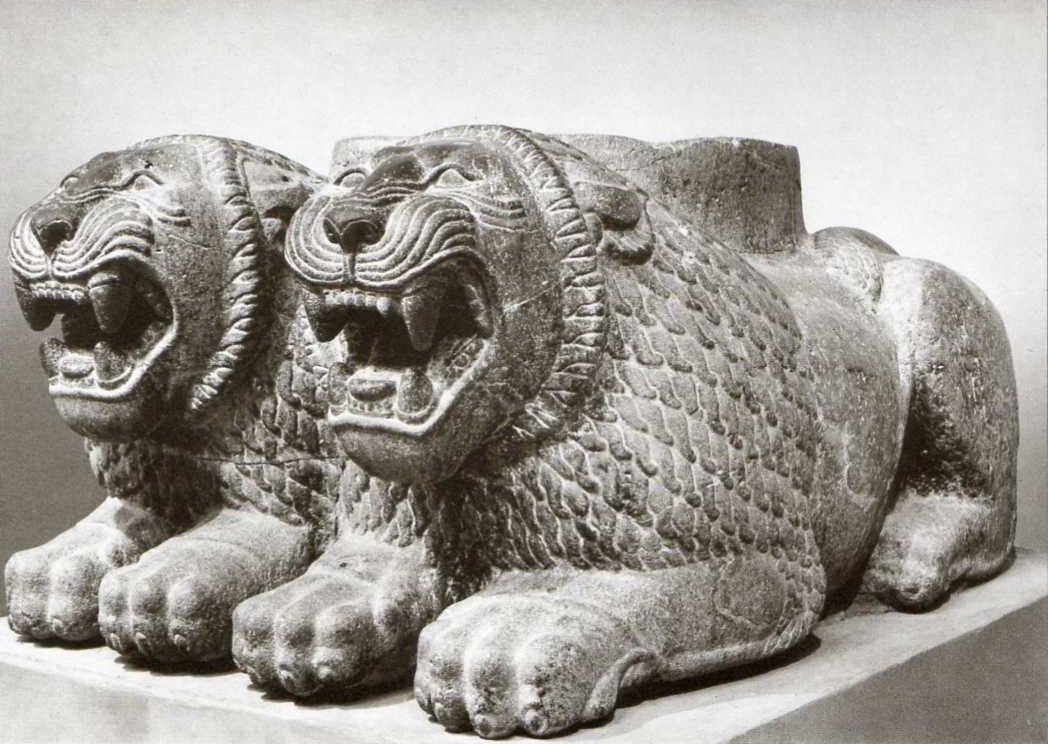A remarkable discovery in southeastern Turkey has shed new light on the sophistication of the ancient Neo-Hittite Kingdom of Patina. The unearthing of a 3,000-year-old stone lion, found guarding a gate complex, suggests that this civilization was far more culturally advanced than previously believed. This finding challenges earlier assumptions and offers a glimpse into the rich cultural heritage of the region during a pivotal time in history.
The Gate of Kunulua: A Portal to the Past

The stone lion was discovered at a gate that once provided access to the citadel of Kunulua, the capital of Patina. The citadel, which flourished between 950 B.C. and 725 B.C., was a significant center of power in the ancient Near East. Kunulua, also referred to as Kinaula or Palistin, served as the heart of the Neo-Hittite kingdom, a city-state that played a vital role in the region’s history.
The Majestic Stone Lion: A Symbol of Power
The stone lion, measuring approximately 4 feet tall and 5 feet wide, is remarkably well-preserved. According to Timothy Harrison, a researcher from the University of Toronto, the lion is “fully intact” and “poised in a seated position, with ears back, claws extended, and roaring.” This imposing statue is not merely a work of art but a powerful symbol of authority and protection, guarding the entrance to the citadel.
The Master and Animals Motif: An Icon of Near Eastern Culture

In addition to the stone lion, a nearby discovery revealed a second piece depicting a human figure flanked by lions. This scene, known as the “Master and Animals” motif, is a well-known cultural symbol in the Near East. It represents the imposition of order over chaos, with the central figure symbolizing the king or ruler who maintains control over the forces of nature. This motif underscores the cultural continuity between the Bronze Age and the Iron Age in the region.
Continuity of Cultural Traditions
The eastern Mediterranean was transitioning from the Bronze Age to the Iron Age during the time the stone lion was created. Despite this period of change, the Neo-Hittite Kingdom of Patina retained many cultural traditions from the earlier Bronze Age. The animal statues, including the stone lion, continued the Hittite tradition of marking boundary zones and symbolizing the king’s role as the divinely appointed guardian of the community.
The Destruction and Transformation of the Site

The gate complex, where the stone lion was found, was likely destroyed in 738 B.C. when the Assyrians took control of the city. The area was subsequently paved over and repurposed as the central courtyard of a sacred Assyrian precinct. However, the presence of the stone lion and other statues suggests that these artifacts predate the Assyrian occupation, indicating that they were not products of Assyrian culture, as previously believed.
The Tayinat Archaeological Project: Uncovering Ancient Secrets
The discovery of the stone lion is part of the ongoing Tayinat Archaeological Project in southeastern Turkey. In the 1930s, a similar lion-carved column was found at the entrance to an Assyrian temple on the same site. This earlier find, along with the recent discovery, suggests that the Assyrians may have reused statues from previous cultures. The Tayinat Archaeological Project continues to uncover evidence that reshapes our understanding of the ancient Near East.
Conclusion
The discovery of the 3,000-year-old stone lion at Kunulua offers a fascinating insight into the advanced culture of the Neo-Hittite Kingdom of Patina. This majestic statue, along with the associated “Master and Animals” motif, reveals the continuity of cultural traditions from the Bronze Age to the Iron Age. As excavations continue, the Tayinat Archaeological Project promises to unveil even more secrets of this enigmatic civilization, further enriching our understanding of the ancient world.
